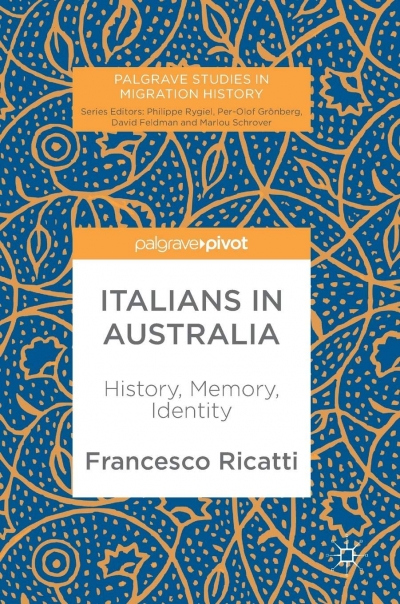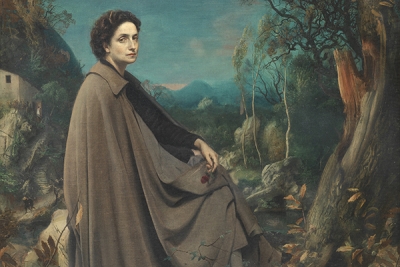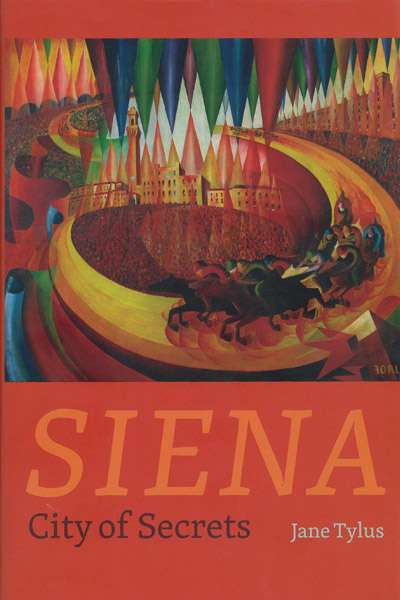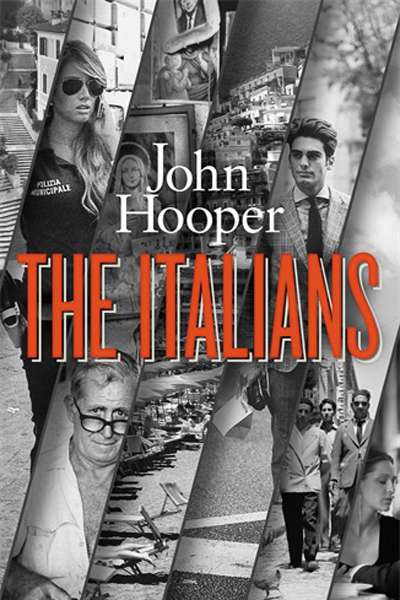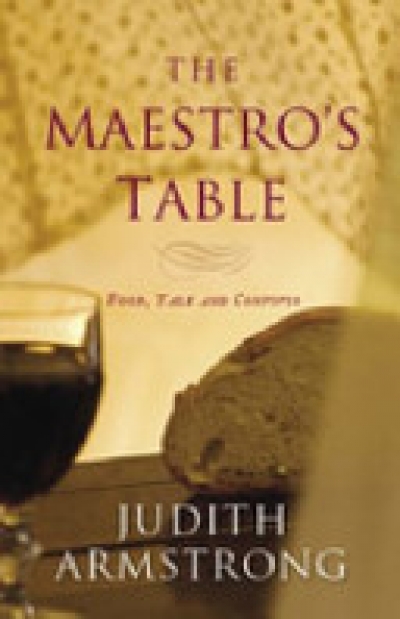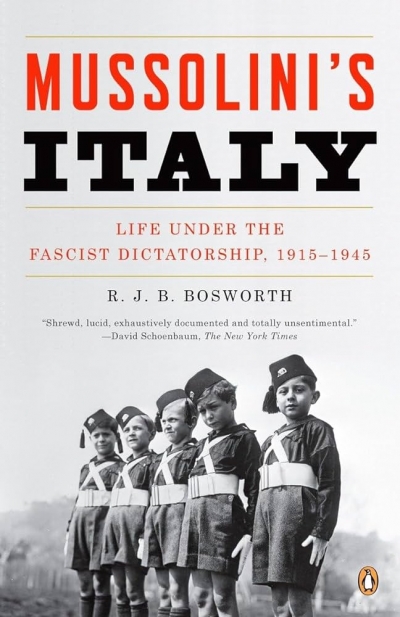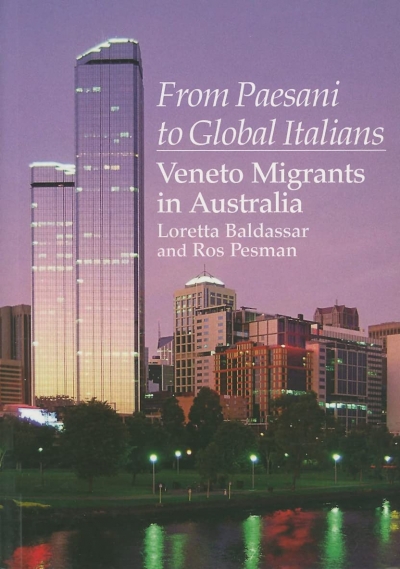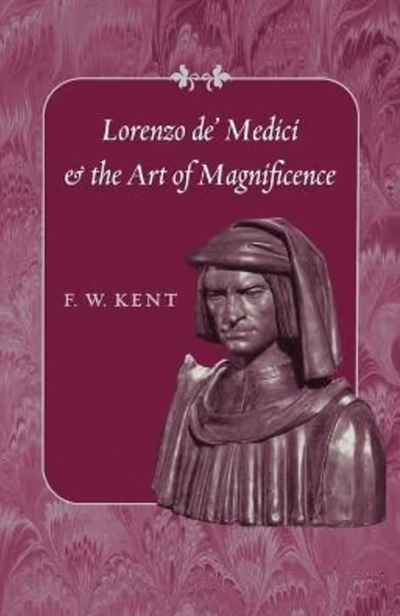Italy
In 1994, Italian photographer Massimo Vitali, seeking to understand the Italy which had swept Silvio Berlusconi’s Forza Italia (FI) comprehensively into power, took his camera to the beach at Marina di Pietrasanta ‘to see who the Italians were … [and] to understand their attitudes … at that precise moment in history’. In 2022, Italian politics returns to the beaches for a campagna balneare (a seaside campaign) conducted in a summer atmosphere of crisis when most Italians are taking their annual vacation.
... (read more)Italians in Australia: History, memory, identity by Francesco Ricatti
A Window on Italy – The Corsini Collection: Masterpieces from Florence (Art Gallery of Western Australia)
The final week of February in Australia means, among other things, that another summer is almost over. Yet in contrast to the fleeting nature of lived experience, a new exhibition at the Art Gallery of Western Australia calls attention to the enduring power of art to capture and convey human passions ...
... (read more)The Maestro’s Table: Food, talk and convivio by Judith Armstrong
Mussolini’s Italy: Life under the dictatorship 1915–1945 by Richard Bosworth
From Paesani to Global Italians: Veneto migrants in Australia by Loretta Baldassar and Ros Pesman
Visiting Shirley Hazzard in Italy is like entering a Hazzard novel. She lives in an apartment within the grounds of a splendid villa at Posillipo. The rooms are cool against the summer sun, and when you step onto her terrace the vista and the light are dazzling. Scarlet bougainvillea falls in twisted festoons. From the terrace, she surveys the breathtaking scope of the Bay of Naples. To the left, the shadowy silhouette of Vesuvius. The long cluttered arch of the Neapolitan littoral holds the blue bay in its stretch. The Sorrentine peninsula seals off the southern edge, and out on the fringe, a blue punctuation, the island of Capri, where Hazzard also maintains a house.
... (read more)

